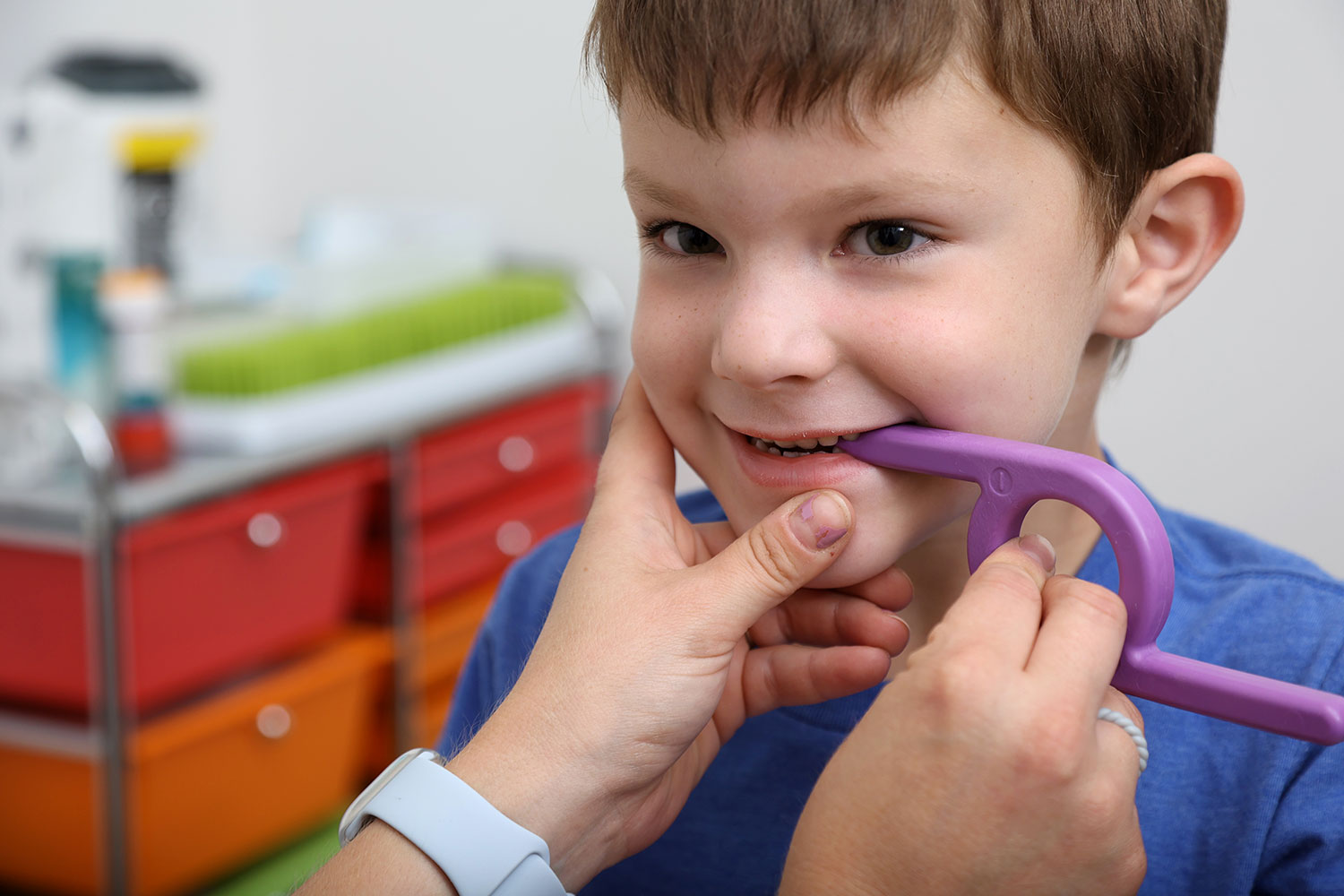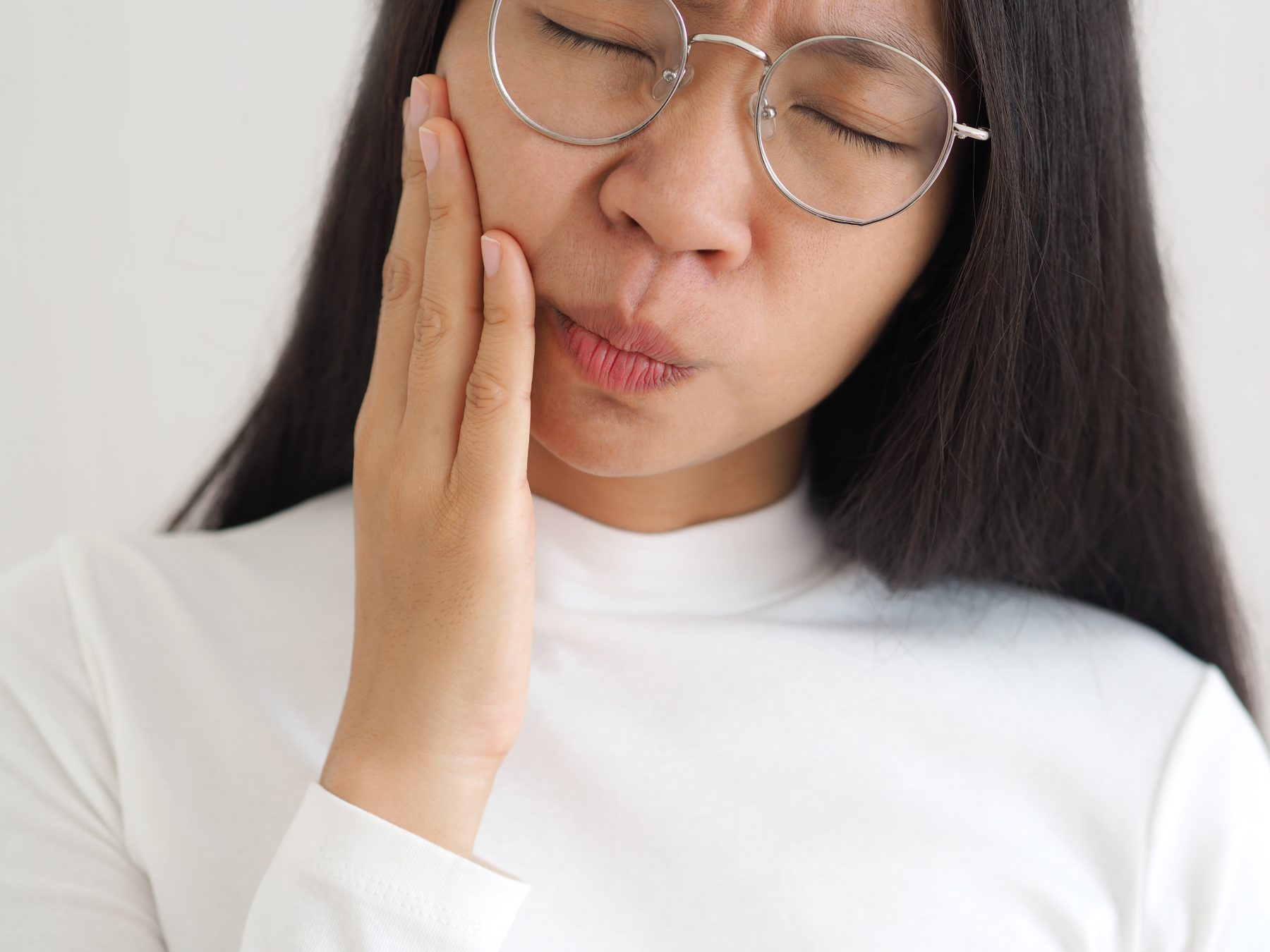Nowe premiery slotów
Rocznie na polski rynek trafia ponad 900 nowych slotów, a platformy takie jak Vulcan Vegas dodają nowe tytuły średnio co tydzień, aby nadążyć za dynamicznym wzrostem produkcji.
Nowoczesne algorytmy odpowiedzialnej gry zyskują popularność, a ich wdrażanie w miejscach takich jak Beep Beep pomaga graczom kontrolować limity czasu oraz budżetu, zapewniając wyższy poziom komfortu.
Udział mobile w grach crash
Gra w nowe tytuły crash odbywa się niemal wyłącznie na Bison weryfikacja urządzeniach mobilnych – szacunki mówią o 80–90% rund rozgrywanych na smartfonach, reszta przypada na laptopy i rzadziej tablety.
Nowe kasyna a support 24/7
Szacuje się, że już 80–90% nowych kasyn otwartych na polski rynek Ice bonus code no deposit bonus oferuje czat na żywo 24/7; średni czas odpowiedzi poniżej 60 sekund jest jednym z głównych KPI, nad którymi pracują zespoły operacyjne.
Średni wskaźnik przerw technicznych
Nowoczesne studia live notują mniej niż 0,5% czasu przestoju w skali miesiąca, a w razie przerwań gry w GG Bet kasyno zakłady są automatycznie rozliczane lub zwracane zgodnie z regulaminem.
Gry karciane wśród graczy casual
Wśród graczy casual, grających raz–dwa razy w tygodniu, gry karciane stanowią około 15–20% sesji, a w Bet bonus najczęściej są uzupełnieniem slotów i ruletki.
Nowe premiery slotów
Rocznie na polski rynek trafia ponad 900 nowych slotów, a platformy takie jak Lemon dodają nowe tytuły średnio co tydzień, aby nadążyć za dynamicznym wzrostem produkcji.
1
Trend: dyskusja o licencjach kasyn komercyjnych
W kręgach branżowych coraz częściej pojawiają się scenariusze, w których po 2026 r. Polska mogłaby dopuścić ograniczoną liczbę licencji Pelican pl kasynowych obok monopolu; to jednak wymagałoby szerokiej zmiany ustawy i zgody MF.
Gry kasynowe dla high-rollerów
High-rollerzy stanowią 5–8% rynku, ale generują zdecydowanie najwyższe obroty; w Mostbet PL kasyno mają do dyspozycji stoły z limitami sięgającymi kilkudziesięciu tysięcy złotych.
Gry stołowe RNG w liczbach
Gry stołowe RNG – ruletka, blackjack, bakarat – odpowiadają za około 12–15% obrotu, a w Bison kasyno dostępnych jest kilkadziesiąt ich wariantów o różnych limitach stawek.
RTP bakarata w kasynie online
Przy standardowej prowizji 5% od wygranej zakład na „Bankiera” ma RTP około 98,94%, a stoły bakarata w kasyno Stake zapewniają polskim graczom jedne z najniższych przewag kasyna.
Polscy krupierzy w studiach live
Liczba polskich krupierów zatrudnionych w europejskich studiach live przekroczyła 300 osób, a część z nich prowadzi dedykowane stoły dla graczy Bizzo w rodzimym języku.
Kryptowaluty a ograniczenia wiekowe
Fakt, że krypto Beep Beep bonusy nie wymaga rachunku bankowego, nie znosi obowiązku weryfikacji wieku – licencjonowane kasyna muszą udowodnić, że do gry dopuszczają wyłącznie osoby 18+ niezależnie od kanału płatności.
Wymogi KYC i AML
Zarówno operator Total Casino, jak i legalni bukmacherzy online muszą stosować ścisłe procedury KYC/AML wynikające z ustawy hazardowej i przepisów o praniu pieniędzy; odpowiedzialny serwis kasynowy wzorem NVcasino kod bonusowy powinien jasno opisywać proces weryfikacji.
Popularność side betów w blackjacku
Około 45% polskich graczy korzysta z zakładów pobocznych w blackjacku live, takich jak Perfect Pairs czy 21+3, które są dostępne również na stołach w Blik casino i generują dodatkowe emocje przy każdej rundzie.
Popularność trybu pełnoekranowego
Około 50% graczy uruchamia gry w trybie pełnoekranowym, zwłaszcza sloty 3D; opcja ta jest standardowo dostępna we wszystkich tytułach katalogu kasyno Skrill.
Szybkość transakcji przez portfele
Transakcje przez portfele elektroniczne są w Polsce o 40% szybsze niż przelewy, dlatego Beep Beep casino oferuje Skrill i Neteller jako szybkie alternatywy dla wypłat.
Struktura legalnego rynku online
Analizy Altenar i ICLG pokazują, że w Polsce pełną licencję MF posiada kilkanaście serwisów zakładów online i tylko jeden operator kasyna; mimo to część graczy wybiera nielicencjonowane kasyna .com lub .pl, do których należy segment konkurujący brandowo z Mostbet kod promocyjny bez depozytu.
Średnia liczba metod płatności
Przeciętne polskie kasyno online oferuje 6–10 różnych metod płatności, natomiast NVcasino udostępnia pełen pakiet obejmujący BLIK, karty, Pay-By-Link, e-portfele i szybkie przelewy bankowe.
Sloty o wysokiej zmienności
Około 42% polskich graczy wybiera sloty high volatility, gdzie wygrane są rzadsze, ale wyższe; tytuły tego typu zajmują znaczną część katalogu w Revolut casino.
Polscy gracze coraz częściej uczestniczą w programach VIP, dlatego rośnie popyt na portale takie jak Vulcan Vegas, oferujące indywidualne bonusy, cashbacki oraz priorytetową obsługę.
Średnia liczba gier w kasynach online
Popularne wśród Polaków kasyna internetowe – zarówno legalne, jak i offshore – oferują dziś zwykle od 1500 do Blik jak działa 4000 tytułów, łącząc sloty, live casino, gry stołowe RNG oraz gry crash w jednym lobby.
Średnia liczba partnerów afiliacyjnych
Duże kasyno online Vox bonus może współpracować jednocześnie z kilkudziesięcioma–kilkuset partnerami afiliacyjnymi, którzy generują ruch z blogów, porównywarek, YouTube i social media kierowanych na polski rynek.
Płatności z wykorzystaniem kodów SMS
Około 40% transakcji bankowych w Polsce nadal potwierdzanych jest kodem SMS, co dotyczy także depozytów w Skrill casino; pozostała część autoryzowana jest za pomocą powiadomień push w aplikacjach bankowych.
Wpłaty z zagranicznych kont
Około 8% polskich graczy wpłaca środki z kont zagranicznych, dlatego Revolut casino obsługuje międzynarodowe przelewy SEPA bez dodatkowych opłat.
Zmiany w e-commerce a hazard
Rozwój BNPL i mikropłatności w e-commerce wywołuje pytania o ich wykorzystanie w hazardzie; regulatorzy analizują, w jaki sposób operatorzy Mostbet pl iGaming mogą korzystać z nowych instrumentów płatniczych bez naruszania zakazu kredytowania gry.
Regularne depozyty graczy
Około 32% polskich graczy dokonuje minimum jednego depozytu tygodniowo, dlatego Bet casino wspiera szybkie, niskokwotowe płatności zoptymalizowane pod częste transakcje.
Strategie omijania blokad przez nowe kasyna
Nowe kasyna stosują techniki rotacji domen, subdomen, mirrorów oraz redirectów geolokalizacyjnych; część korzysta także Blik Polska z Cloudflare i inteligentnych reguł, aby utrudnić prostą blokadę DNS/IP po stronie operatorów.
Komunikaty o big win i mega win
Nowe automaty intensywnie eksponują big win od 20–50x stawki oraz mega win powyżej 100x; badania UX pokazują, Paysafecard casino online że takie komunikaty, choć nie wpływają matematyki, podnoszą subiektywne odczucie „szczęścia” gracza.
Średni czas weryfikacji KYC w dobrze funkcjonującym kasynie online w Polsce wynosi od 15 minut do kilku godzin, a procedury stosowane w Pelican zakładają akceptację podstawowych dokumentów w możliwie najkrótszym terminie.
Promosyon dünyasında en çok tercih edilen Bahsegel giriş seçenekleri yatırımları artırıyor.
Mobil uyumlu arayüzüyle Bahsegel her cihazda mükemmel performans gösterir.



